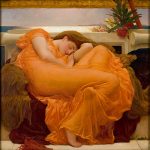
Aubrey Beardsley, born on August 21, 1872, in Brighton, England, was a highly influential and controversial figure in the world of art and illustration during the late 19th century. His short but prolific career left an indelible mark on the Art Nouveau movement, and his distinctive style, characterized by intricate line work and provocative themes, continues to captivate art enthusiasts today.
Beardsley’s early life was marked by both hardship and creativity. He showed an early aptitude for drawing and developed an interest in literature. His family’s financial struggles, following the death of his father when Beardsley was just seven, did not deter him from pursuing his artistic inclinations. Instead, it fueled his determination to establish himself in the world of art.
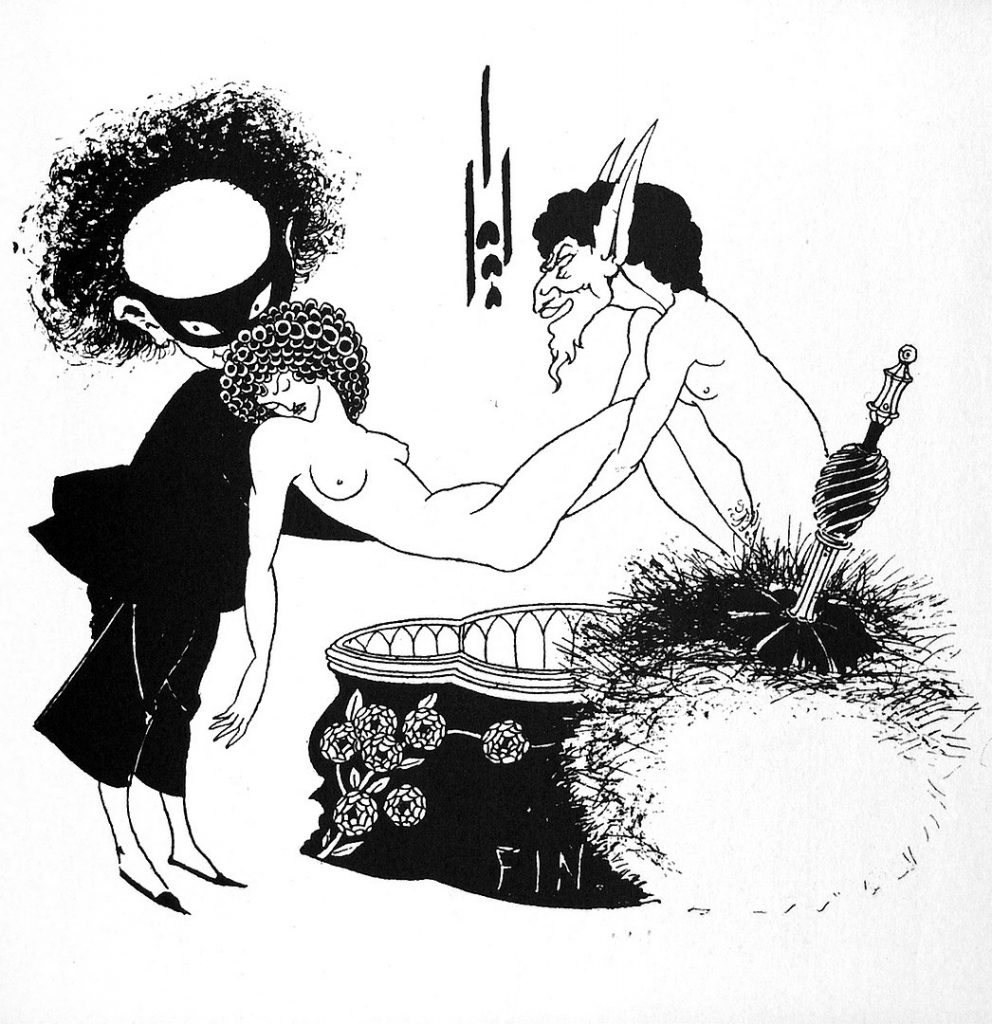
In 1888, at the age of 16, Beardsley joined the Westminster School of Art. His talent quickly caught the attention of his instructors and peers. During this period, Beardsley began to develop the distinctive linear style that would later define his work. The influence of Japanese woodcuts and the Arts and Crafts Movement, as well as the decadent literary and artistic movement of the time, played a crucial role in shaping Beardsley’s artistic sensibilities.
Beardsley’s breakthrough came in 1893 when he attended an exhibition of the works of Edward Burne-Jones at the Carfax Gallery. Burne-Jones was a leading figure in the Pre-Raphaelite Brotherhood, and his work had a profound impact on Beardsley. This encounter marked the beginning of Beardsley’s association with the artistic circles of London, where he soon became acquainted with other influential figures, including Oscar Wilde.
The collaboration between Beardsley and Wilde became one of the most significant aspects of Beardsley’s career. In 1893, Beardsley was commissioned to illustrate Wilde’s play “Salomé.” His illustrations for “Salomé” are among his most famous works, showcasing his intricate and sinuous lines, as well as his ability to capture the sensuality and decadence of the narrative. However, the illustrations also stirred controversy due to their overtly sexual and provocative nature.
Beardsley’s association with Wilde became more complex as Wilde faced legal troubles and public condemnation for his homosexuality. Beardsley found himself entangled in the scandal, and his illustrations for Wilde’s play were deemed scandalous and morally offensive by some. Despite the controversy, Beardsley’s distinctive style continued to gain attention and acclaim within avant-garde artistic circles.
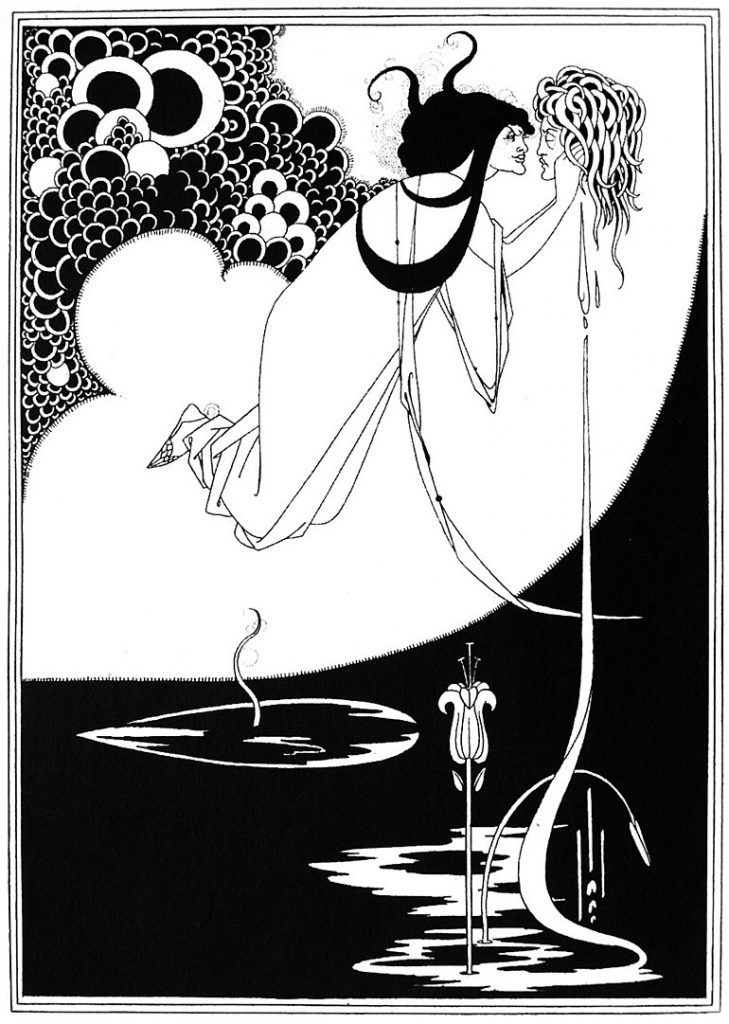
In 1894, Beardsley became the art editor for “The Yellow Book,” a literary and artistic magazine that became a platform for the Aesthetic and Decadent movements. His role at “The Yellow Book” allowed him to showcase his illustrations alongside the works of other notable artists and writers of the time. Beardsley’s contributions to the magazine further solidified his reputation as a leading figure in the British Art Nouveau movement.
Throughout his career, Beardsley’s work extended beyond illustration into various forms of visual art. He designed book covers, posters, and created illustrations for numerous literary works. His collaborations with other writers and artists, including Wilde, Arthur Symons, and the publisher Leonard Smithers, contributed to the richness of his artistic output.
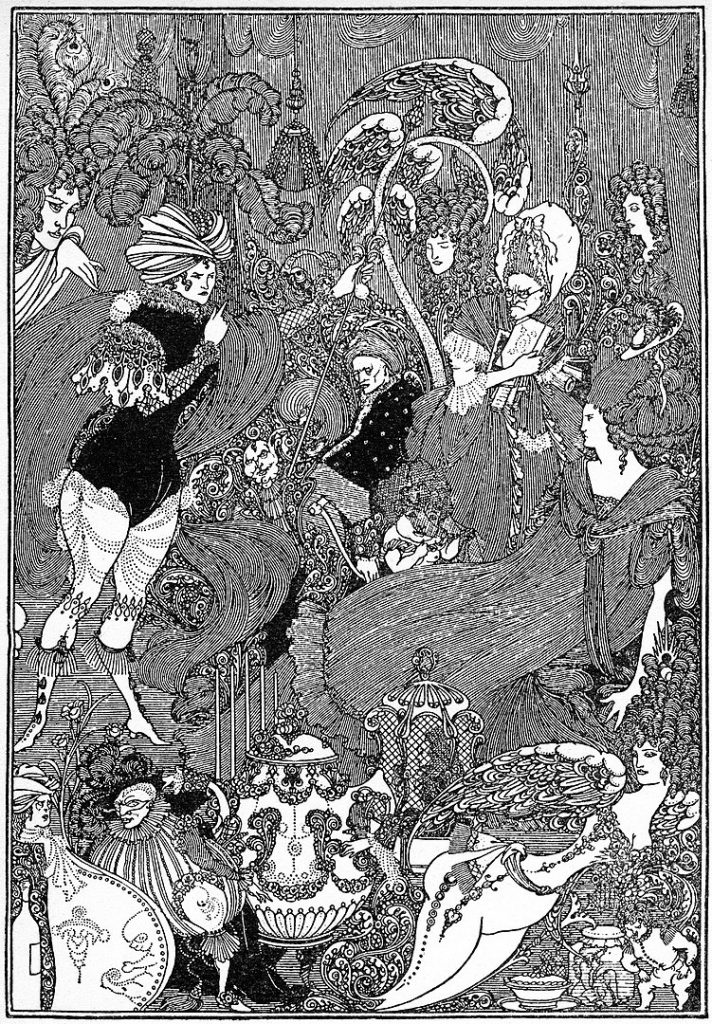
Despite his rising fame, Beardsley’s career was short-lived due to his deteriorating health. In 1896, at the age of 25, Beardsley was diagnosed with tuberculosis, a condition that would ultimately lead to his untimely death. Faced with the knowledge of his limited time, Beardsley worked relentlessly, producing a remarkable body of work in the few years he had left.
The theme of death and decay began to pervade Beardsley’s later works, reflecting his own awareness of his mortality. In this period, he created some of his most haunting and macabre illustrations, such as those for Edgar Allan Poe’s “The Fall of the House of Usher.” These works demonstrated Beardsley’s ability to convey a sense of morbidity and unease through his intricate and stylized lines.
Aubrey Beardsley passed away on March 16, 1898, at the young age of 25. Despite his relatively brief career, Beardsley’s impact on the art world endured. His work influenced subsequent generations of artists, and the Beardsley style became synonymous with the decadence and aesthetic experimentation of the late 19th century.
In the years following his death, Beardsley’s reputation experienced periods of both admiration and criticism. His association with the controversial Wilde and the provocative nature of some of his illustrations contributed to occasional attempts to downplay his significance. However, as the 20th century progressed, there was a renewed appreciation for Beardsley’s contributions to the Art Nouveau movement and his role in pushing the boundaries of artistic expression.
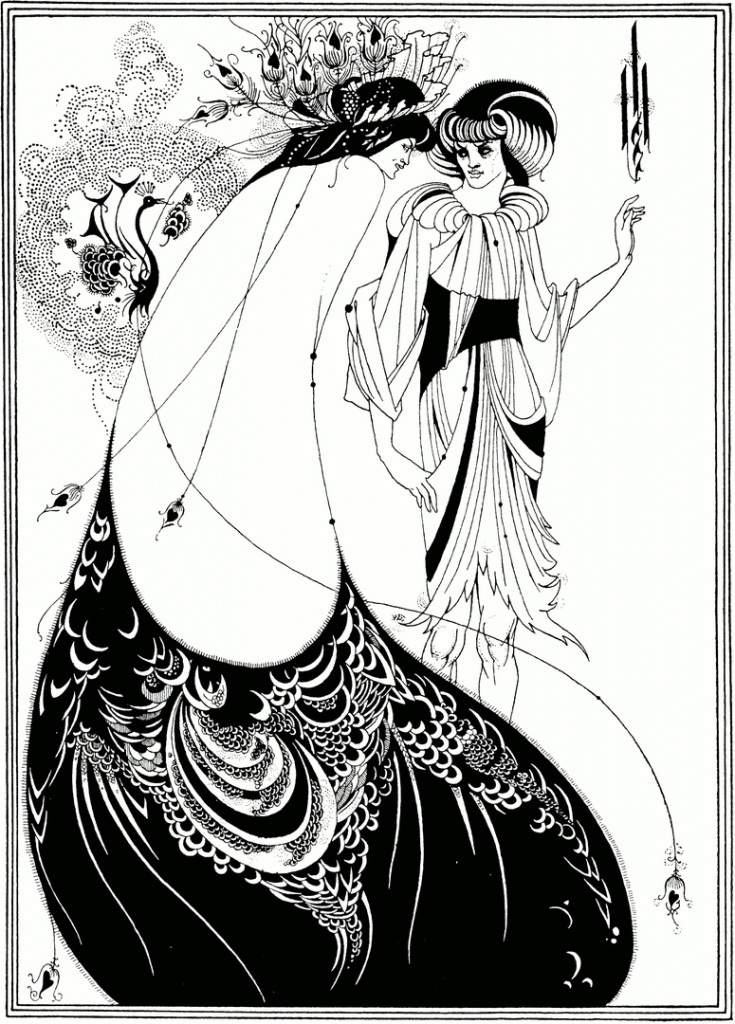
Aubrey Beardsley’s legacy extends beyond the confines of his short life. His distinctive style, characterized by intricate line work, bold compositions, and a penchant for the provocative, continues to influence contemporary artists and remains a subject of study and admiration in the realm of art history. Beardsley’s ability to capture the decadence and complexity of his time ensures that his name remains synonymous with the avant-garde spirit of the late 19th century.




